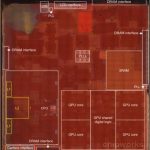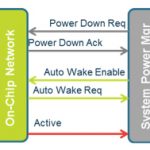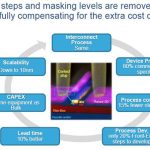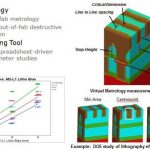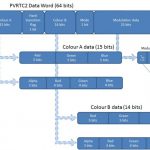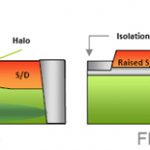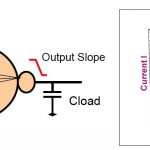You are currently viewing SemiWiki as a guest which gives you limited access to the site. To view blog comments and experience other SemiWiki features you must be a registered member. Registration is fast, simple, and absolutely free so please,
join our community today!
WP_Term Object
(
[term_id] => 14433
[name] => X-Subscriber
[slug] => x-subscriber
[term_group] => 0
[term_taxonomy_id] => 14433
[taxonomy] => category
[description] =>
[parent] => 0
[count] => 0
[filter] => raw
[cat_ID] => 14433
[category_count] => 0
[category_description] =>
[cat_name] => X-Subscriber
[category_nicename] => x-subscriber
[category_parent] => 0
[is_post] =>
)
There has been a lot of huffing and puffing lately about 64-bit cores making it into the Apple A7 and other mobile SoCs, and we could probably dedicate a post to that discussion. However, there are a couple other wrinkles to the Apple A7 that should be getting a lot more attention.
There are two primary causes of user frustration in multimedia… Read More
If it has escaped your notice that power management on SoCs is important then you need to get out more. Increasingly, the complexity of the interconnect between the various processors, memories, offload processors, devices, interfaces and other blocks means that the best way to implement it is to use a network on chip (NoC). But… Read More
This fall there seems to be a bumper harvest of cores. Today Imagination Technologies announced their latest core for image signal processing. Like all of their cores, it is designed to be part of an SoC and is designed to work with other Imagination cores to build a complete image processing system. In particular, it is designed … Read More
I love the slogan associated with FD-SOI: the technology is supposed to be Faster, Cooler, Simpler. Does this slogan reflect the reality? Let’s start with Simpler. We (the semiconductor industry) have the perception that Silicon On Insulator (SOI) technology is something complex and exotic. Why? Because SOI has been used to … Read More
The growing process integration complexity at each technology node has increased development time and cost, and this trend looks to continue. There is a looming risk of delivering unrepeatable critical unit processes (or process modules) that would require revisiting development and manufacturing requalification or in … Read More
Today GSA announced the award nominees for the 2013 awards. They will be presented at the GSA Award Dinner on Thursday December 12th at the Santa Clara Convention Center. The keynote will be given by Steve Forbes.
Recently it was announced that the 2013 Dr. Morris Chang Exemplary Leadership Award winners are CEO and Chairman, Dr.… Read More
One of the most demanding applications where semiconductors are used is in the various applications of digital video from tablet computers, to home entertainment. iPad with a retina display is already at high-definition (HD) resolution (2048×1536) and all indications are that video is racing towards what is known as 4K… Read More
Now that we’ve looked at the basics, we wrap up this three-part series exploring PVRTC texture compression. We’ll take a brief look at PVRTC2, the latest version of the technology, and then explore the issues behind visual quality from several different angles.
PVRTC2 is supported on the newest Series5XT or Series6 GPU cores from… Read More
Everywhere you turn these days you find FinFETs. Intel has had them since 22nm (they use the word Tri-gate but it is the same as what the world calls FinFET) and TSMC will have them at 16nm. So why FinFET? And is there an alternative?
The reason that regular bulk planar transistors have run out of steam is that the channel area underneath… Read More
Semiconductor IP re-use enables modern SoC designs to be realized in a timely fashion, yet with hundreds of IP blocks in a chip the chances are higher that an error in any IP block could cause the entire system to fail. At advanced nodes like 28nm and smaller, the number of Process, Voltage and Temperature (PVT) corners is increasing… Read More


